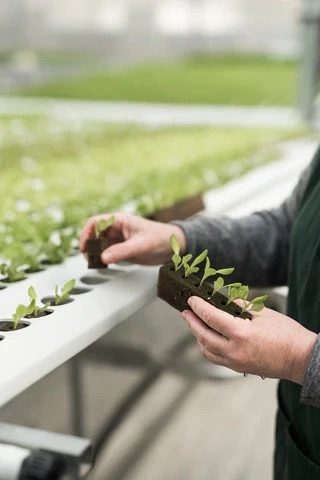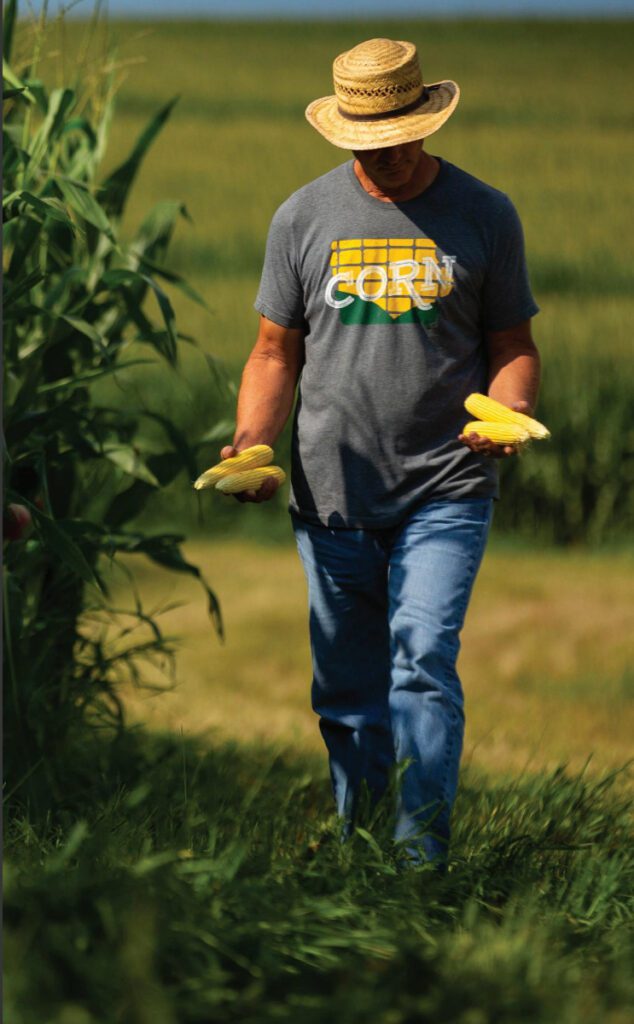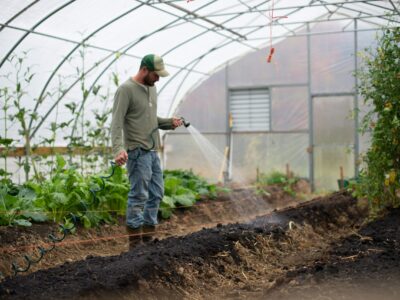Hydroponics, or vertical farming, has come a long way as a science, existing for thousands of years of recorded history. From ancient palatial wonders and a few reed-based rafts to a highly digitized, algorithmic standard that covers factors like nutrient count, atmospheric conditions, and pH levels, the farming method has expanded.
And while its story has been long, it can certainly be argued that the industry is just getting started. Independent farmers and large corporations are jumping at the opportunity to enter the field and reap the numerous benefits — particularly the immense water savings and quaint spacing requirements.
However, many more still aren’t up to date on how they should go about making the switch for themselves. It’s one thing to buy hydroponically grown produce, but it’s entirely another to be the person planting the seeds.

Suitable Crops
Some crops are better suited for current hydroponic setups than others. Lettuce is one that brings several advantages when using the vertical farming method. It has a shallow root system, making the placement and adjustment of each crop easier to maintain than many other crops.
Lettuce also grows without the need for a pollinator. Many traditional farm crops require pollination, and the fact that they aren’t outside in hydroponic farms means they aren’t exposed to bees and other pollinators that otherwise come naturally.
Many common fruits and vegetables, including apples, watermelons, cranberries, cucumbers, and dozens more, fall under this umbrella. Growing these under a hydroponic system would require pollination to be done by hand rather than letting nature do all the work.
Spatial Challenges
Arguably one factor hindering the growth of the hydroponics industry is the height problem. While vertical farming solves a significant issue regarding the massive real estate requirements otherwise needed on farms, building up instead of out has its downsides. Crops like lettuce grow relatively close to the ground, making it easy to stack columns of lettuce platforms as high as the ceiling permits.

On the other hand, corn is quite a tall plant as it nears maturity. Stalks can reach heights of anywhere from five to 12 feet depending on the quality of an area’s growing conditions. The problem is exacerbated by indoor vertical farms being explicitly designed to give plants the purest environment possible. Simply put, growing corn hydroponically would require an extremely elaborate and expensive setup and a greenhouse stretching several stories high.
Just like lettuce’s shallow root system is advantageous for less-than-spacious hydroponic bins, plants with large root systems — including potatoes, turnips, onions, and garlic — are less-than-ideal when grown vertically.
Potato roots search far and wide for adequate nutrients, meaning they need a wide radius of soil to feed themselves properly. Spacious outdoor plots work fine, but the setup isn’t adaptable once that width-height ratio is flipped.

Water Savings
The good news is that hydroponics conserves water, no matter what is grown. The larger the operation becomes, the hyper-efficiency of the savings grows. Because vertical farming continuously recycles unused water instead of losing the excess to natural runoff, most of these farms use around a 10th of the water required for the same number of traditional crops.
Utah’s Snuck Farm has found one interesting method of cranking that efficiency even higher. Each week, the Pleasant Grove-based operation produces an average of 500 to 700 pounds of hydroponically grown lettuce, boasting an impressive 90% water reduction rate.
But it doesn’t stop there. The used water is then directed to grow feed for the farm’s alpaca population, making the total percentage of water wasted virtually zero. And that’s just how Snuck wants it.
“I wanted to have as much impact as possible,” said Page Westover, Snuck Farm owner. “I wanted to grow as much healthy food as we could on a small piece of land.”





